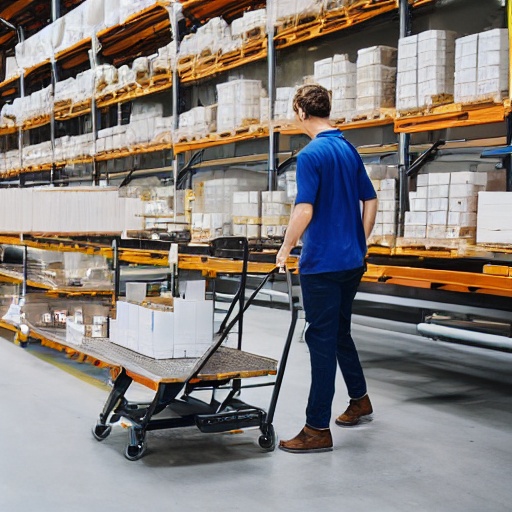Accidents and injuries are a common problem in the manufacturing industry, due to the presence of hazardous machinery and materials, as well as the physically demanding nature of many manufacturing tasks. According to data from the Occupational Safety and Health Administration (OSHA), the manufacturing industry has a higher rate of workplace injuries and illnesses than the overall average for all industries. Injuries and illnesses in the manufacturing industry can result in lost productivity, increased healthcare costs, and other economic impacts. To improve worker safety in the manufacturing industry, employers can implement safety protocols, provide training and education to workers, and invest in technology, such as automation and robotics, to reduce the risk of accidents and injuries.

Robots are being used in the manufacturing industry to help reduce the risk of workplace accidents and injuries. By automating tasks that are hazardous or physically demanding, robots can help to protect workers from potential harm. For example, robots can be used to handle hazardous materials, operate heavy machinery, or perform repetitive tasks that may cause injury to human workers. Additionally, robots can be equipped with sensors and other safety features, such as collision avoidance systems, that can help to prevent accidents and injuries. The use of robots in the manufacturing industry can help to improve worker safety, reduce the risk of accidents and injuries, and improve the overall efficiency and productivity of manufacturing operations.
The use of autonomous mobile robots (AMRs) in the manufacturing industry can help to improve safety by reducing the risk of accidents and injuries to workers. AMRs can be used to automate tasks that are hazardous or physically demanding, such as handling hazardous materials, operating heavy machinery, or performing repetitive tasks. By performing these tasks, AMRs can help to protect human workers from potential harm. Additionally, AMRs can be equipped with sensors and other safety features, such as collision avoidance systems, that can help to prevent accidents and injuries. The use of AMRs in the manufacturing industry can help to improve worker safety, reduce the risk of accidents and injuries, and improve the overall efficiency and productivity of manufacturing operations.
Autonomous mobile robots (AMRs) have a wide range of potential applications in the manufacturing industry. Some examples of how AMRs can be used in manufacturing include:
- Material handling and transport: AMRs can be used to move materials, parts, and finished goods within a manufacturing facility, reducing the need for manual labor and improving the efficiency of operations.
- Assembly and inspection: AMRs can be equipped with specialized tools and sensors to perform tasks such as assembly, inspection, and testing, improving the accuracy and speed of these processes.
- Quality control: AMRs can be used to monitor and control the quality of products during the manufacturing process, ensuring that they meet specified standards.
- Cleaning and maintenance: AMRs can be used to clean and maintain equipment and facilities in a manufacturing environment, reducing the need for manual labor and improving the overall cleanliness and safety of the facility.
- Data collection and analysis: AMRs can be equipped with sensors and other data-gathering technologies to collect information about the manufacturing process, which can be used for analysis and decision-making.

